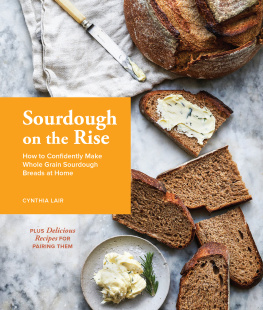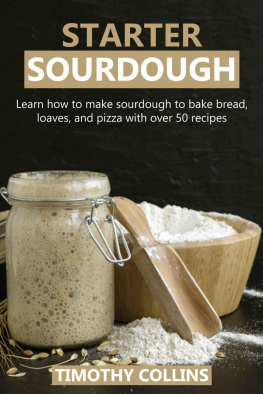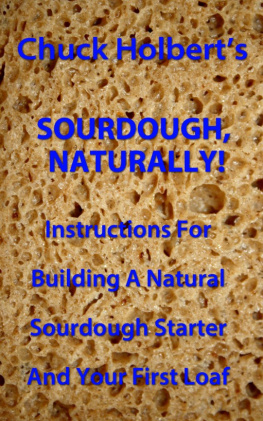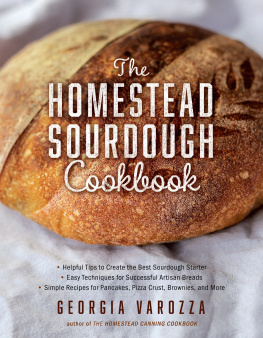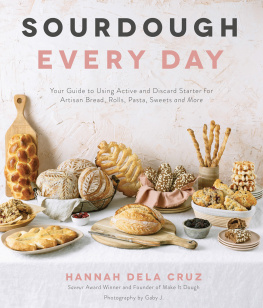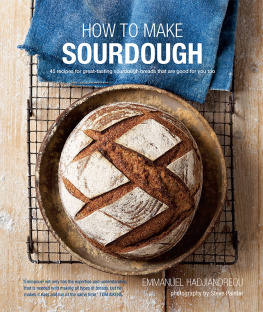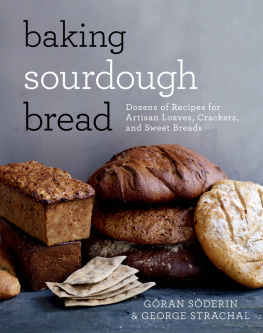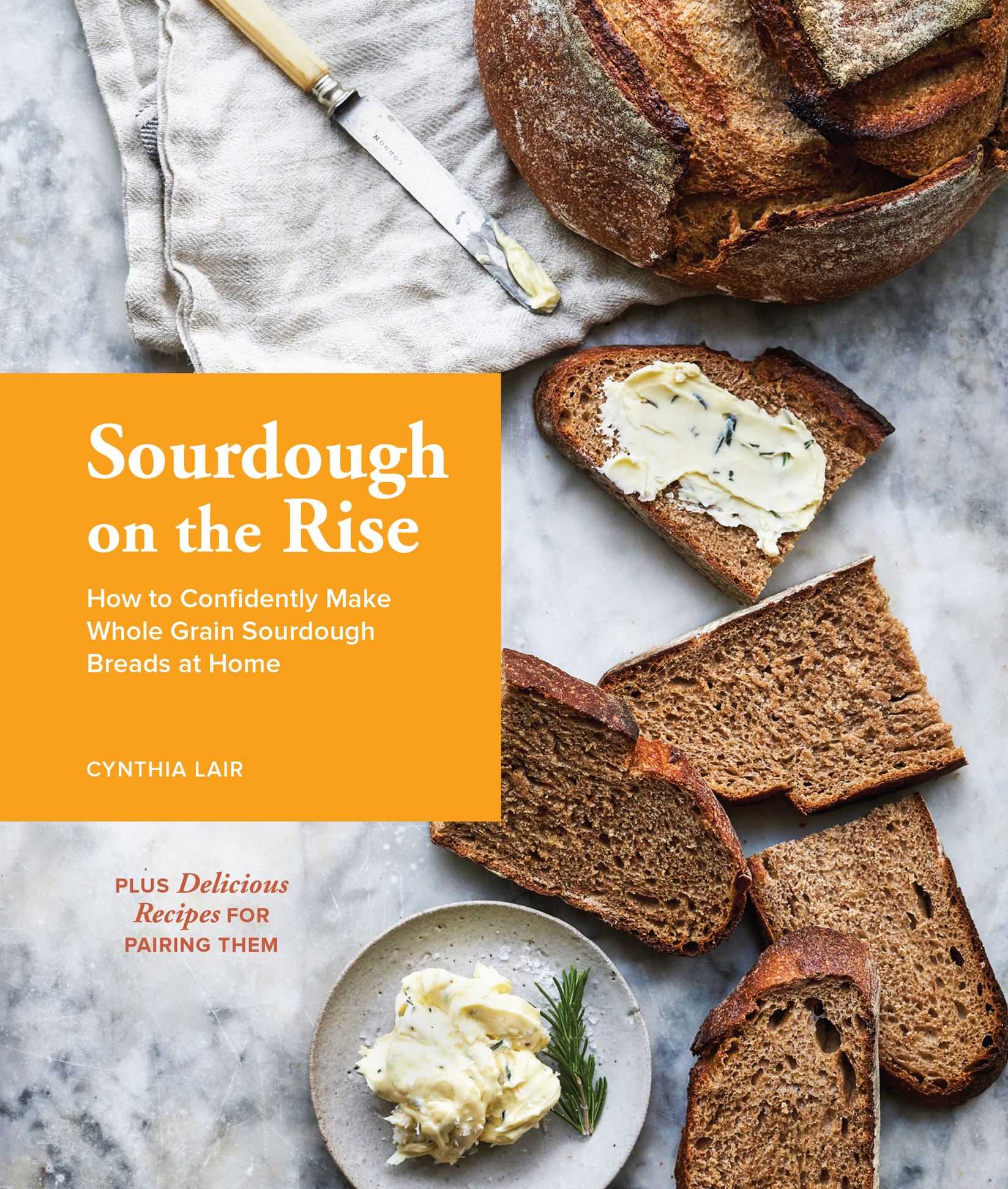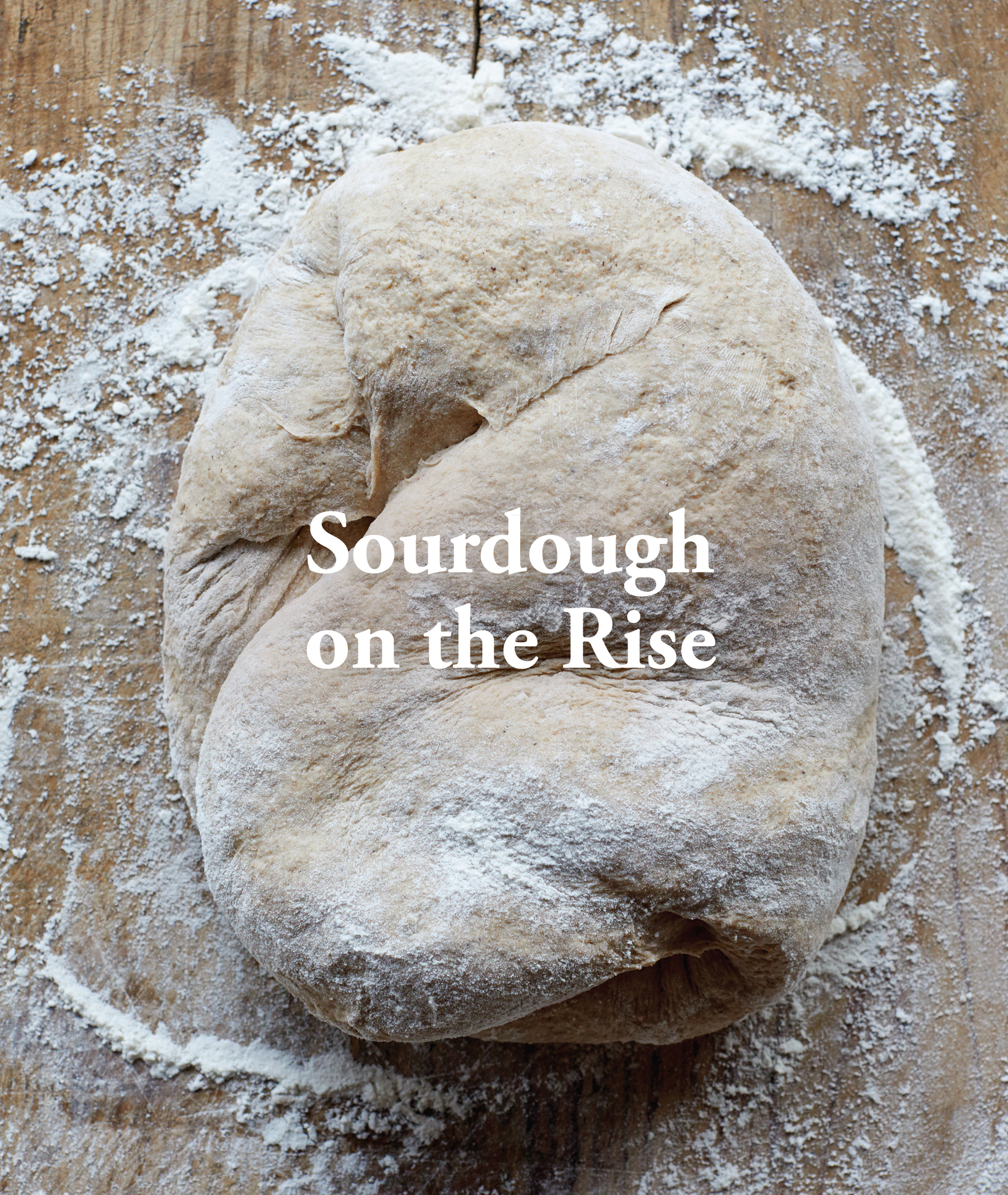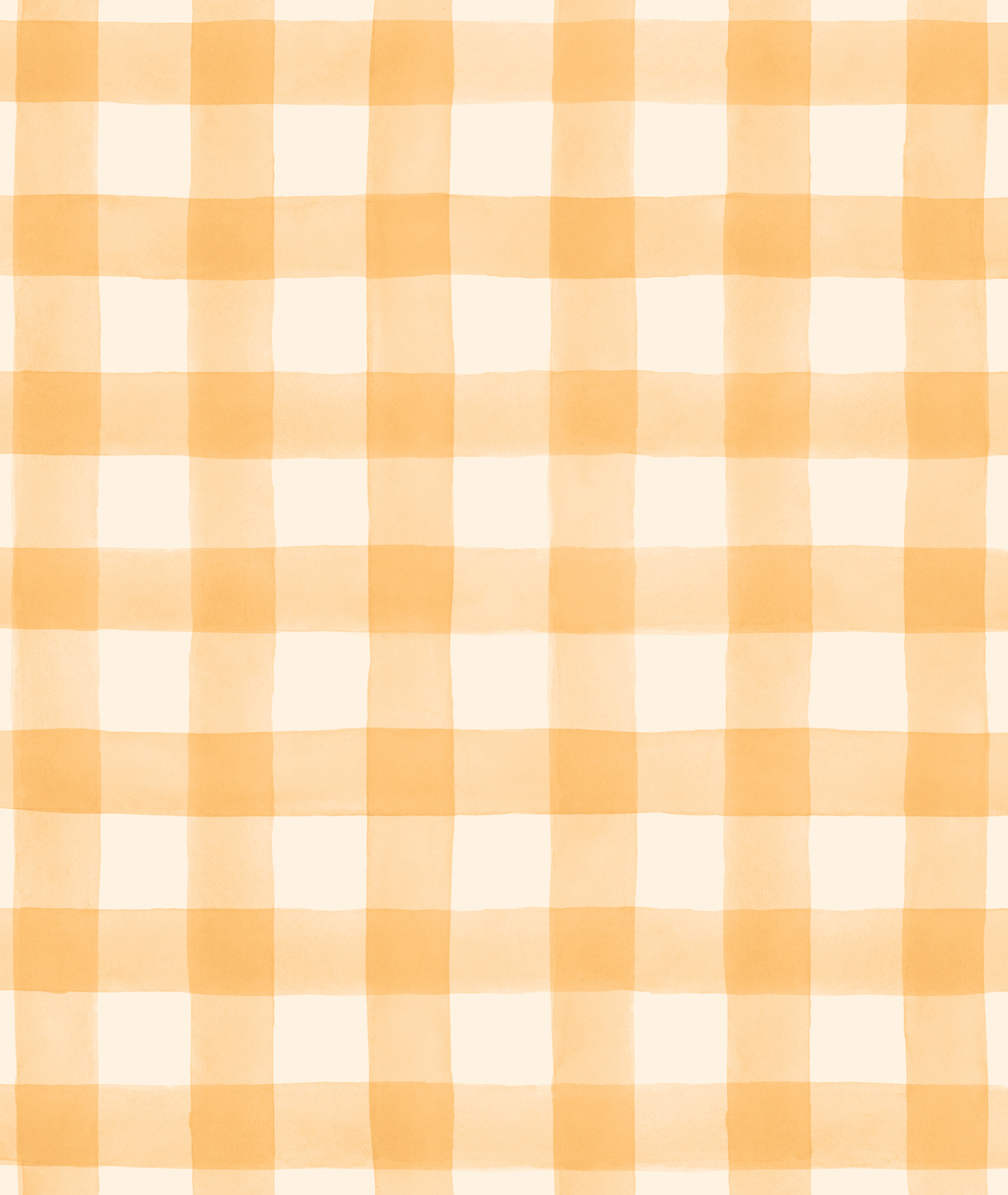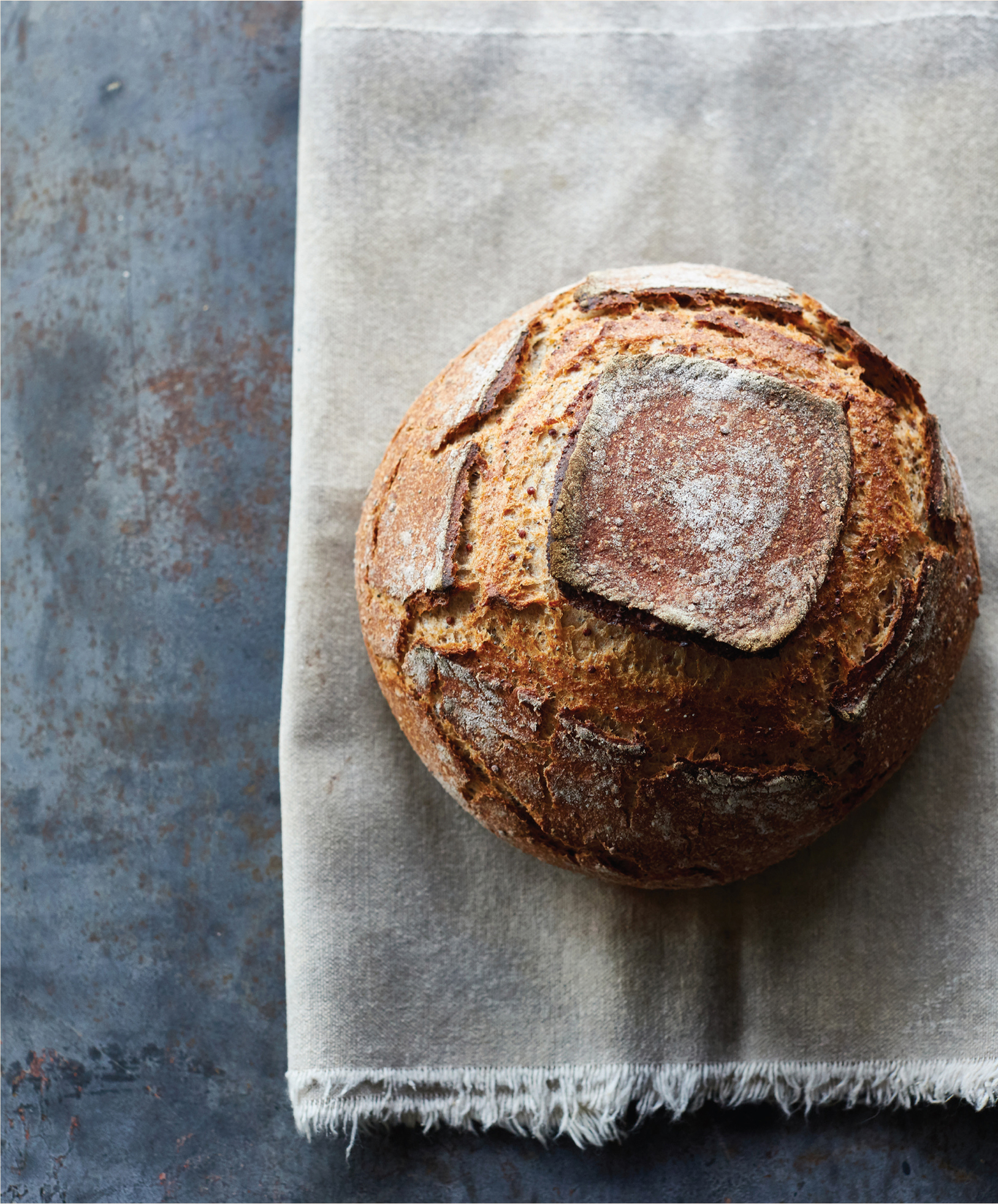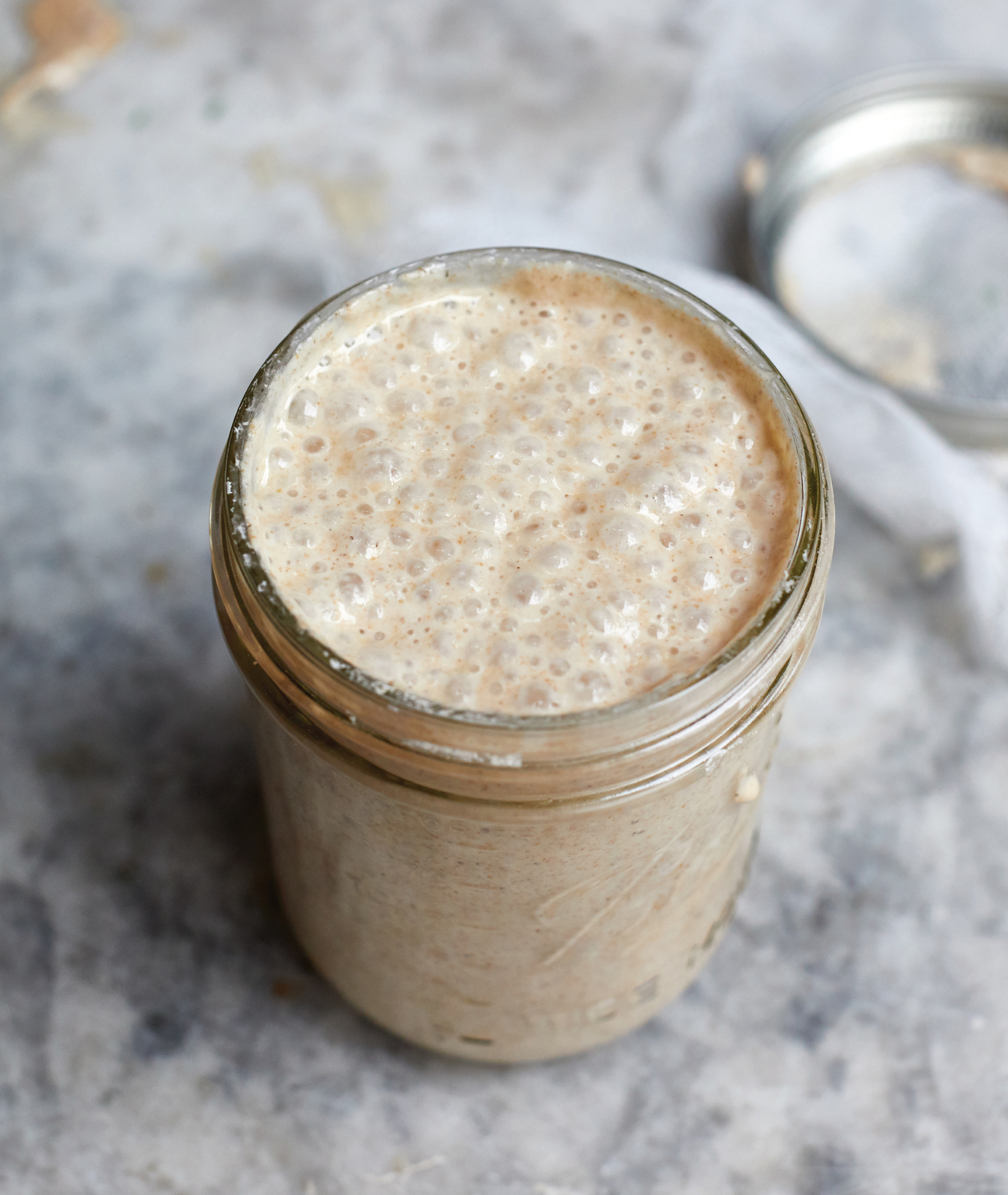All rights reserved. No portion of this book may be reproduced or utilized in any form, or by any electronic, mechanical, or other means, without the prior written permission of the publisher.
SASQUATCH BOOKS with colophon is a registered trademark of Penguin Random House LLC
Names: Lair, Cynthia, 1953- author.
Title: Sourdough on the rise : how to confidently make whole grain sourdough breads at home / Cynthia Lair.
Description: Seattle, WA : Sasquatch Books, [2019] | Includes index.
Subjects: LCSH: Sourdough bread. | Cooking (Sourdough) | Cooking (Cereals) | Grain. | Side dishes (Cooking)
Introduction
Meet Dottie and Phiz
New York City still calls to me after I left twenty-five years ago to live in Seattle. When I can scrape together the time and money, I head to the Big Apple. My lifelong friend Joy lives just north of the city. During a June NYC visit ten years ago, I took Amtrak north for an overnight at Joys. For meals, she kept slicing off hunks of a loaf of homemade sourdough bread, adding fresh tomatoes, herbs, and cheese, and serving this with champagne; simple and satisfying. I had considered myself a poor-to-middling baker, but Joys slow-fermentation sourdough bread inspired me to up my game. I vowed to become a better baker. A better sourdough baker.
When I returned to Seattle, I resurrected my worn-out copy of Wild Fermentation, thumbed past the sauerkraut and yogurt, and finally located the sourdough starter instructions. It wasnt so hard. Flour and water in a jar plus time and attention. Luckily it was summer (budding starters like warmth). After several days of food and a little doting, Dottie came to life.
I named the starter Dottie for two reasons. First, the surface of my new friend-in-a-jar, when freshly fed, was a pattern of tiny dots (see photo). Second (and more complicated), routine is not my natural mode. I figured that if I were to make this commitment, giving it a name might help, especially if the name induced a sense of connection and fond memories.
When I was growing up in Wichita, I lived my first five years in a tiny house on Clover Lane. A family with three kids lived next door. Their mom, who everyone called Dottie, became my moms best friend. These two slim, dark-haired, witty, nurturing women kept in touch for decades. I took to Dotties personality, and as an adult continued to visit her even after my mom passed away. So, it occurred to me that if I named my sourdough starter Dottie, I would not neglect it. So far, so good. Thanks, Dottie.
In August 2015, I attended a lecture by Dr. Andrew Ross at the annual Grain Gathering called The Skinny on Gluten. Dr. Ross, a scientist, professor, and avid sourdough baker, warned us to keep a second starter around, just in case the happy health of our starters were to take a turn. For insurance I chose the starter used in the Nutrition Kitchen at Bastyr University. It was like taking on a second pet. But the poor thing had no name. Inspired again by the bubbly look of refreshed starters, I named her Phiz.
We called my most favorite aunt in the whole world (Phyllis) Phiz. The Moran clan on my mothers side had a silly sense of humor. I lived for four months with my aunt Phiz and uncle Bill when I was twenty-nine. The morning of my thirtieth birthday, Bill played the Star-Spangled Banner, volume high, on a record player (yes, vinyl!), and Phiz and he banged pots and pans to accompany. Phyllis grew up on the farm in Kansas where her Mennonite relatives landed from Germany. They were proud to grow wheat, and the family made fresh bread every day. When Phyllis died in 2017, I sent my cousin Tom a photo of Phiz the sourdough starter so hed know his moms nickname lives on. Sometimes I use a little of Dottie and a little of Phiz to make my breads. Sometimes just one. They cohabit nicely, side-by-side on the counter or in the refrigerator. Both worked hard in the creation of this book.
About This Book
Goodbye, flavorless, mediocre grocery store bread. Hello, homemade, whole grain sourdough bread. It is superior in both nutrition and flavor. For fun, imagine all bread on a continuum, from meh to wow. On the meh end, we will put a commercially produced, white flour product like Wonder Bread (which does make you wonder). These loaves are fabricated to please an inclination for something squishy and white, but offer little in the way of flavor, nutrients, or fiber. In the middle lie commercial multigrain or whole grain products, created for more nutritional value, but dependent on additives for development, flavor, and shelf life. Just read the labels. At the other end is the wow: homemade, long-ferment, whole grain sourdough bread in all its glory. Welcome to bread at its simplest: a combination of whole grain flours, water, lively microbes, and salt. It requires high-quality ingredients, time, and human touch. It is unbeatable in flavor, nutrition, digestibility, and the X factor (love). Hallelujah.
The popularity of whole grain sourdough bread is definitely on the rise, as people begin to understand the influence of prebiotic and probiotic foods. But many home bakers are intimidated by the idea of baking their own sourdough bread and working with whole grain flours. Im here to show you that it isnt hard. Whats needed is a basic understanding of how sourdough works, along with clear, straightforward directions. This book details each step to ensure success. My goal in writing the book is to help you feel more confident as a baker. You will find bread recipes here that will appeal to both beginners who are new to baking sourdough bread, and more experienced bakers who are looking to expand their repertoire to include whole grains. The recipes are loosely organized from easier to more challenging, so feel free to begin where youre most comfortable. And to make your sourdough experience complete, each of these internationally influenced breads has a pair of yummy recipes to go with ita spread, a soup, or an entre.

